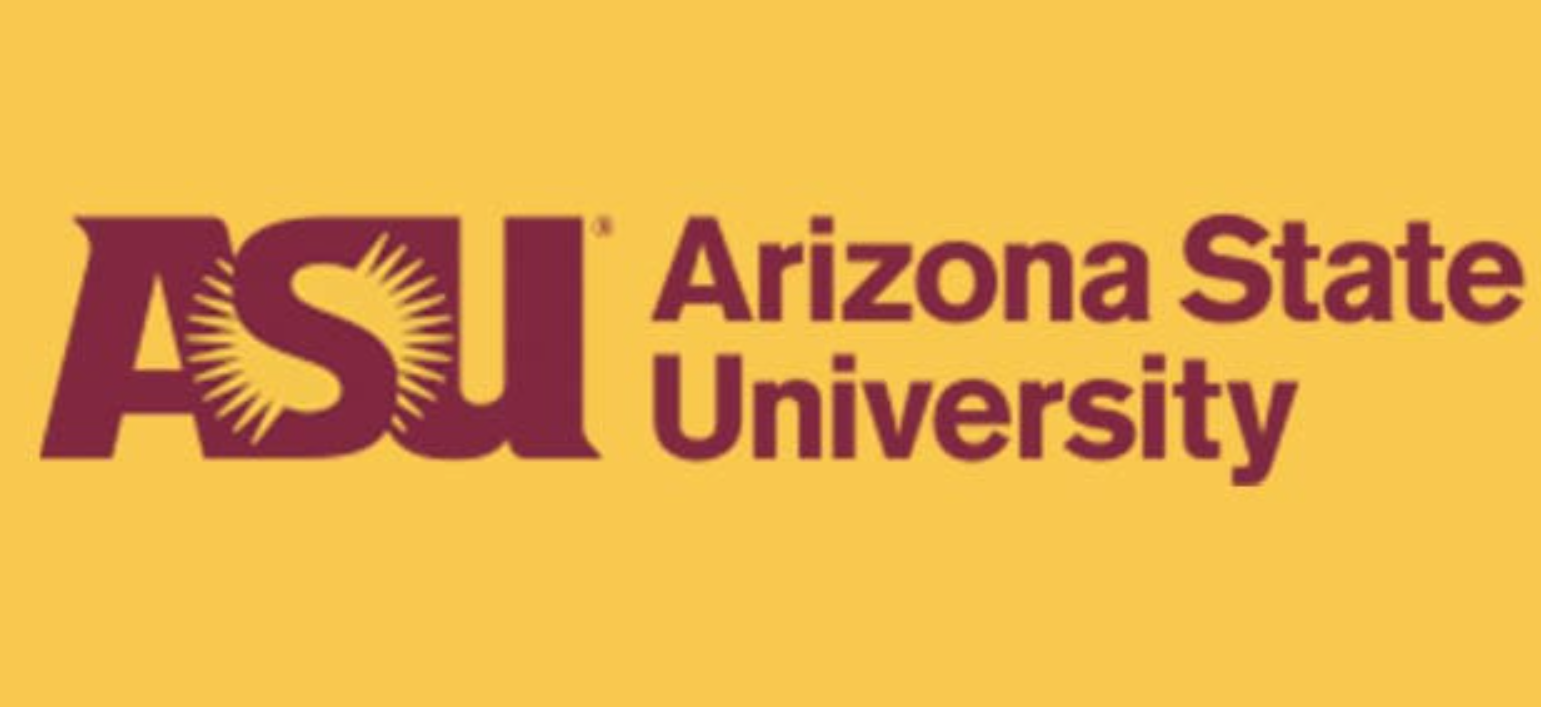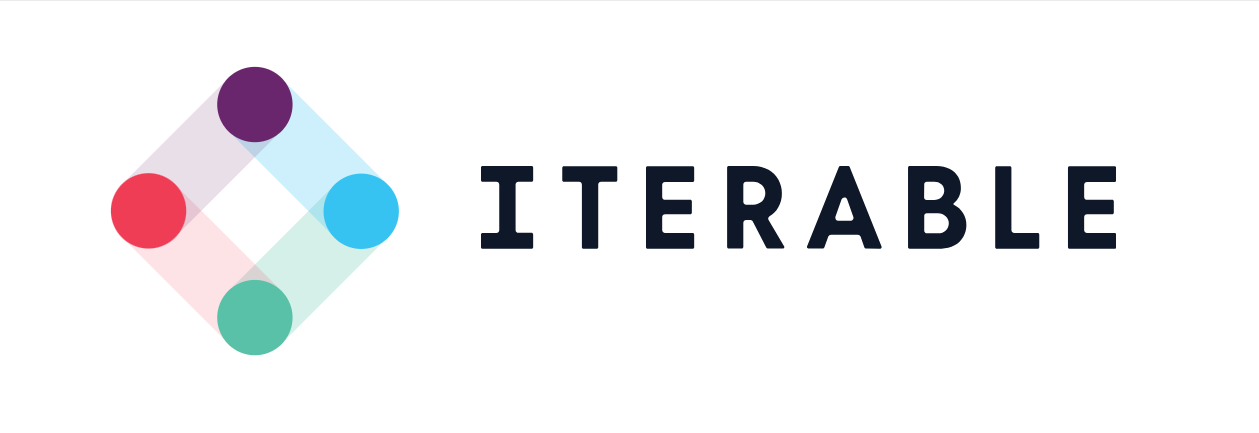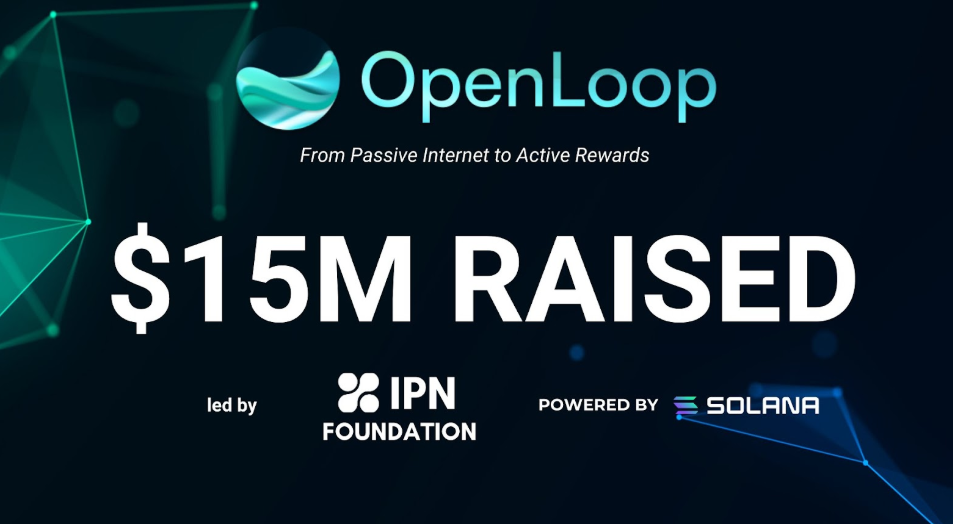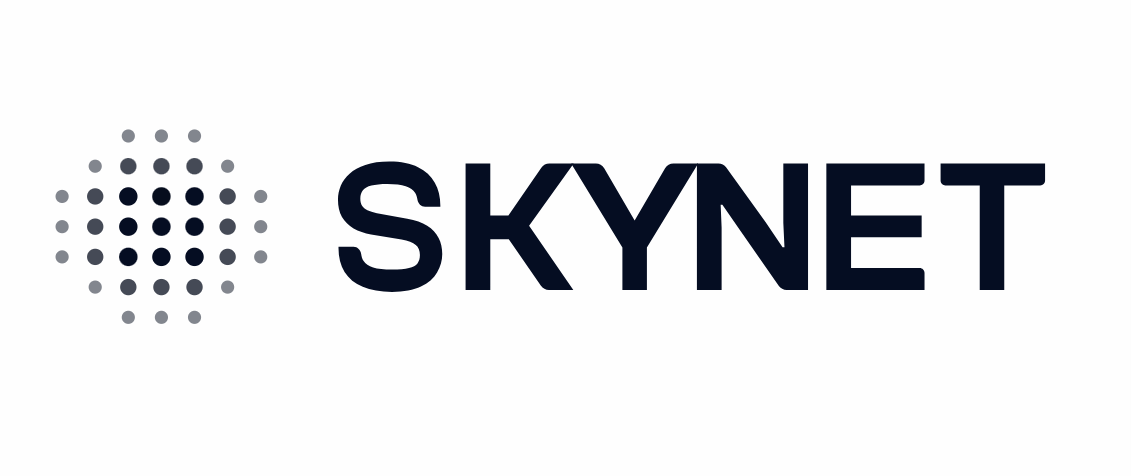Insider Brief
- Arizona State University (ASU) is integrating ChatGPT Edu into over 200 teaching, research, and operational projects to enhance educational outcomes and foster lifelong learning.
- The AI Innovation Challenge attracted over 400 proposals, with projects ranging from AI-driven health training to personalized learning experiences across diverse departments.
- ASU is committed to responsible AI use, prioritizing privacy and ethics, while preparing students with AI skills for future workforce success.
PRESS RELEASE — Arizona State University (ASU) is one of the largest public universities in the United States, serving 181,000 students in a given year and offering over 800 degree options. For nine straight years, U.S. News and World Report has named ASU the most innovative university in America.
Today, ASU is enhancing educational outcomes by integrating ChatGPT Edu into projects across teaching, research, and operations. Guided by the ASU charter, which prioritizes inclusion over exclusion, research benefiting the public, and responsibility for the communities they serve, ASU collaborates with OpenAI to use technology to deliver lifelong learning and drive human potential at a social scale.

Democratizing higher education and creating ‘lifelong learners’
In the spring of 2024, ASU graduated 20,000 students — its largest class yet. “No two people learn in exactly the same way, and innovation has proven to be the most powerful asset that we have,” says Michael M. Crow, President of ASU. “Essential to ASU’s success is that we use technology, and now AI, to deliver lifelong learning and to drive human potential.”
By bringing ChatGPT into higher education, ASU is setting a new precedent for universities to enhance learning, creativity, and student outcomes while remaining committed to leading in innovation and responsible use of technology. President Crow envisions a future where AI will continue transforming higher education, making it more personalized and inclusive. “Higher education in 50 years will be highly diversified, technologically enhanced, and throughout a person’s life.”

Deploying ChatGPT in over 200 projects
ASU adopted ChatGPT the same way it adopted other technology: by being intentional about its impact. “What we’ve learned at ASU is that if you want to focus on the impact of technology, start by asking the community what they want to solve for,” says Lev Gonick, ASU’s Chief Information Officer.
The AI Innovation Challenge(opens in a new window) was a product of this mindset. In February 2024, ASU invited faculty and staff to submit proposals for using ChatGPT to maximize their teaching, research, and operations. Submissions required a clear plan for integrating ChatGPT into one of three priority areas:
- Supporting teaching and learning: Proposals that enhance the educational experience for students and faculty within a class setting.
- Advancing research for public good: Proposals that support student — and faculty-led research that demonstrate a clear path to making meaningful community and planet contributions.
- Enhancing the future of work: Proposals that contribute to a more positive, productive, and supportive work environment.
Within weeks, the ASU team received proposals representing more than 80% of ASU’s schools and colleges. “We thought we’d get a few early adopters,” says Gonick. “Our few adopters quickly became hundreds of faculty interested in using ChatGPT for research and in the classroom.” The demand was so high that in March, ASU initiated a second round of proposals that included student researchers.
By July, ASU had received over 400 proposals, with more than 200 projects activated across the majority of their departments and colleges.
ASU GPT LibraryWriting CompanionResearch Recruitment Support GPT
ASU GPT LibraryWriting CompanionResearch Recruitment Support GPT
Using ChatGPT to impact curriculum and research
The projects range from AI-driven behavioral health training to bias detection and enhanced workforce development. “While we expected that ChatGPT would find a home in engineering and the sciences, we’ve been surprised by just how diverse adoption has been across almost every department,” Gonick notes.
In under a semester, ChatGPT is guiding students through personalized learning experiences and giving time back to faculty:
- The ‘AI as a writing companion(opens in a new window)’ project leverages ChatGPT to support scholarly writing, providing students with real-time feedback to strengthen their arguments and expedite submission.
- ‘Sam,’ a chatbot powered by ChatGPT(opens in a new window), helps students in the College of Health Solutions practice patient-provider interactions through role-based conversations. “The bot, while not perfect, allows for students to authentically practice their motivational skills,” shared Clinical Professor Colleen Cordes, who teaches the course. Cordes also noted that the transcript of the interaction provided from ChatGPT Enterprise was “immensely easier” for her to use to provide qualitative feedback as part of her grading.
ASU is also seeing excitement for how OpenAI’s technologies influence research and operations:
- Ph.D. student Amber Hedquist is exploring how ChatGPT can support effective and ethical participant recruitment as part of her work in managing ‘Research Plus Me(opens in a new window)’ at ASU. “When researchers need members of the community to participate in their research study, it can be hard to reach out to the population and convey what opportunity you’re offering in a way that is understandable and ethical,” says Hedquist. “This GPT helps to ensure that the reading level is comprehensible and properly highlights the opportunity without a lot of scientific jargon.”
“We are convinced that training students to use AI is essential for their future workforce success,” says Anne Jones, Vice Provost for Undergraduate Education. “People are excited because they now have concrete examples to point to in which AI is improving their outcomes in the classroom.”

Enacting responsible AI practices to meet higher ed needs
As with any technology ASU considers, maintaining faculty and student privacy is key. “The introduction of OpenAI’s product for education, in the form of ChatGPT Edu, was enormously important,” says Gonick. “It helps us protect our student privacy, protect our research output which is our intellectual property, and supports our security requirements, whether that’s in the research or in the teaching and learning environments. And that is something that every CIO — and every university president — needs to be mindful of.”

Practitioners across disciplines meet regularly to share work on digital trust, data governance, and learning experience to ensure the use of ChatGPT in higher education is responsible and ethical. “We’re seeing a massive willingness from our faculty to recalibrate their own thinking about learning levels, learning achievements, and learning methodologies,” says President Crow.
This mindset has translated to even more opportunities for students. “After seeing the impact of AI, we have introduced degrees at both the undergraduate and graduate level. We’ll soon start graduating students that will have the AI aptitude to make an immediate impact in whatever work they pursue,” says Gonick.






